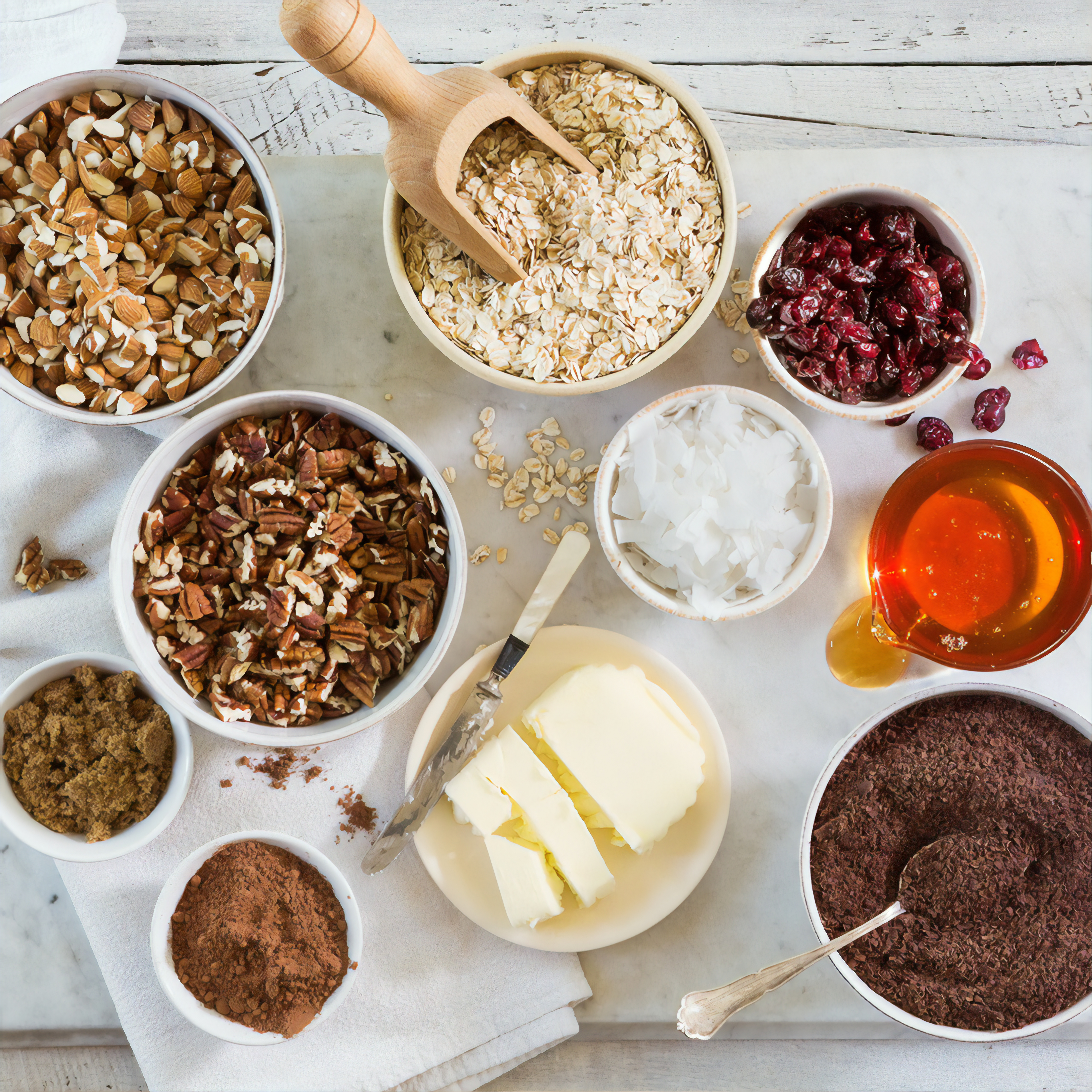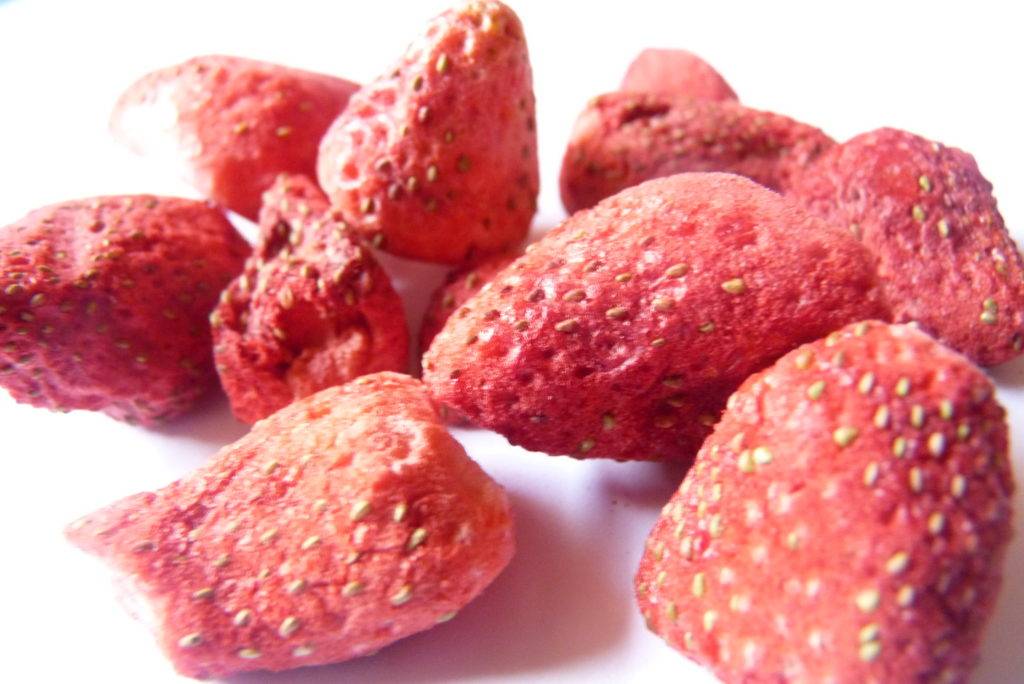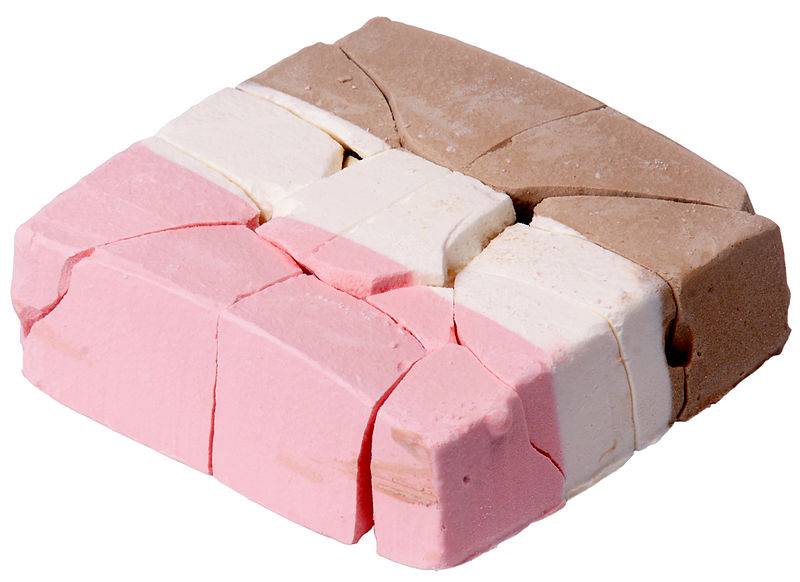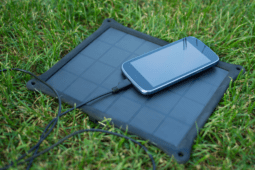How to Freeze-Dry Food [4 Best Ways]
There are two main issues when it comes to food preservation. Air and moisture are the most common enemies of storing food for any length of time. So, the goal becomes to remove as much of both as possible. That is where freeze-drying comes into play.
Jump To:
- How to Pick Foods to Freeze-Dry
- Important Factors When Preparing to Freeze-Dry
- Freeze-Drying in a Freezer
- Freeze-Drying Using a Freeze-Dryer
- Freeze-Drying Using a Vacuum Chamber
- Freeze-Drying Using Dry Ice
- Our Best Tips
- Freeze-Drying FAQs
Freeze drying can impact the texture more than anything else. The good news is that the flavor and nutritional value will remain. Food can be freeze-dried in a normal freezer, with dry ice, with a vacuum chamber, or with a freeze-dryer. For the most part, it is about preparing the food properly to ensure that there is no excess moisture or air trapped within.
When it comes to storing food in general, be it in the fridge for a day or two, or long-term freezing, preparation is imperative. Remember that you want to remove as much air and moisture from the container as you can. Too much of either can compromise the texture, freshness, and overall quality of the food.

There are niche devices that are meant to help remove air and moisture, like vacuum sealers or freeze-dryers. Those will simplify the process but you don’t necessarily have to have a specialty machine to help you out.
How to Pick Foods to Freeze Dry
You probably shouldn’t be freeze-drying everything. While moisture for most foods and other storage methods is a bad thing, freeze-drying is different. You want to have foods that have a higher water content in them to begin with. The process can make certain foods too dry, severely changing the structure and texture.
For fruits, you would want to stick with items like berries, pears, persimmons, bananas, and apples. Vegetables like parsnips, carrots, peppers, potatoes and sweet potatoes do best. Remember that there needs to be internal moisture to keep the texture of the food.
When you have become comfortable with the process, you can move on to other things. Cheese, chicken breasts, and even whole meals can then be freeze-dried. If you have something to help you like a vacuum chamber, then you can even get to freeze dry ice cream.
Important Factors When Preparing to Freeze Dry
There are a few other important things to consider before you freeze-dry anything. First and foremost, anything that you want to freeze dry should be as fresh as possible. When you freeze dry at the peak of freshness, it ensures that the food will taste as it should when you get around to reconstituting it.
Fruits and veggies generally should be freeze-dried when ripe and in season. Meat should be freeze-dried when it is cooked and then fully cooled. Any full meals should be freeze-dried as soon as they cool. Don’t put them in the fridge for a few days and then try to freeze dry them. The taste won’t be the same.
On the same hand, you want to stick to foods that will taste good when reconstituted. There are even some foods that can be eaten freeze-dried like apples and berries. Reconstituting foods means reintroducing moisture back into them. Anything with yeast in it won’t work for freeze-drying. Bread, in particular, is dependent on its freshness for texture.
Finally, make sure that you properly process the food. Where you can, wash the food and dry it thoroughly. For fruits and veggies, slice them into smaller chunks. When you can remove the moisture more easily, that makes for a better freeze-drying experience.
1. Freeze-Drying in a Freezer
For most of us, the freezer in our homes is the most convenient method for doing any sort of freezing. Whether it be in our kitchen refrigerator, a secondary refrigerator, or an ice chest, this is going to be the most commonly sought-after method.

Start by laying out the food on a plate or tray. Put that tray or plate into your freezer at the lowest temperature. The food has to be frozen to at least that temperature in order for this process to work effectively.
Let the food remain in the freezer for two or three weeks. It typically takes that long to freeze-dry food properly though it could take a little longer. But start at the two or three-week mark before checking on your food.
When the food has been properly freeze-dried, you can then pack it properly. You want an air-tight storage bag to ensure that it holds its constitution. From there, you can store it in the freezer for longer periods of time.
2. Freeze-Drying Using a Freeze-Dryer
There are, of course, devices that are specifically meant to help you achieve certain results in the kitchen. A freeze-dryer is exactly that type of device. They can be a bit pricey, though, and are an added expense to anything else that you have in your kitchen.
If you are able to afford a freeze-dryer, it is the most recommended option. Since it is purposely designed for freeze-drying, there are no variables that need to be taken into account otherwise. There are a ton of options, so finding one that makes the most economic sense is wise. Most models should come with more than a few trays for food storage.
When loading up the trays, the key is to ensure that you don’t exceed the height of the trays. Anything too tall may either hit the shelf above or not fit altogether. Freeze-dryers are generally pretty small, so you can only do smaller items or smaller quantities.

When finished, take the food off the trays and put them in mylar bags. Ensure that they are properly sealed and then you can either store them in the pantry or freezer depending on when you will get to them.
3. Freeze-Drying Using a Vacuum Chamber
It can’t be said enough: the less air that gets to your food, the fresher it will be. The vacuum chamber is the most effective method, but it also tends to be the most expensive. Especially where freeze-drying is concerned, you will need a specialized vacuum chamber in order to properly freeze-dry food items.
Start as you would in the prior method by spreading the food out onto a plate or tray. Make sure that you do not clump it together as that could compromise the texture of the food. Pop it into the freezer until it is frozen solid.
When you get to the vacuum chamber, you generally want to set it at 120 m Torr and make sure the temperature is at 10 degrees Celsius. Let the food sit in the vacuum chamber for a minimum of a week in order to get the most effective experience.
After the vacuum sealing process has been finished, make sure that you put your food into an air-tight container for longer-term storage. If you freeze-dry foods on a regular basis, a vacuum chamber may be a worthwhile investment to ensure the process is done properly.
4. Freeze-Drying Using Dry Ice
The final method is a lot faster than using a freezer, though it may not necessarily be the preferred method. Using dry ice means freezing the food much more quickly because it evaporates the moisture within the food at a far more accelerated rate.
The process is also quite a bit more different than the others. Start by packing your food into freezer-safe bags or containers, placing them into a cooler when ready. From there, the goal is to completely cover it using dry ice and allow it to sit there for 24 hours.
It is important to note a few things when using dry ice. You generally want to go by a ratio of one pound of dry ice for every pound of food. Whatever container you use make sure that it is at least double the size of the food that you are freeze-drying.
Safety is of the utmost importance, too. Dry ice will burn you if you touch it with bare hands. Make sure that you are wearing appropriate gloves or you will regret it.
The food should come out completely frozen through and totally freeze-dried. When the 24 hours have passed, simply take the bags out and store them where you will. Keep in mind that humidity plays a role in this process. If there is more than zero humidity in the air, it will be substantially more difficult to freeze-dry food through the dry ice method.
Our Best Tips on Freeze-Drying Food
- Choose the freshest ingredients possible. This will ensure the product taste as good as it should when reconstituting it.
- Wash food with water to remove any dirt or contaminants and pat dry with a paper towel.
- Before freeze-drying, cut ingredients into small, uniform pieces. This will ensure consistency during the drying process and save time.
- Fruits with higher sugar content or thick membranes (such as blueberries) may take longer to dry.
- Store freeze-dried food in an air-tight container to help maintain freshness. You can also add an oxygen absorber to extend shelf life.
Frequently Asked Questions About Freeze-Drying Food
What are the benefits of freeze-drying food?
- Freeze-dried food maintains almost 100% of nutritional value without changing the taste.
- Shelf-stable when under controlled climate (such as a cellar or pantry) for 25 years or more when processed correctly.
- Lightweight and easy to use for emergency food supply, areas with limited storage capacity and camping trips.
- Results in the highest-quality product when compared to other drying methods.
How long does it take to freeze-dry food?
Freeze-drying food can take anywhere from 20 hours to a month. The main factors contributing to time are the method of freeze-drying, water content and thickness of ingredients. A freeze-drying unit will be the quickest method but also the most expensive, freeze-drying units can cost anywhere from a few hundred dollars to $2-3 thousand. Using a standard freezer is your cheapest option but will generally take longer of all available methods.
What are the best foods to freeze-dry?
Foods that contain large amounts of water are best for freeze-drying. Our favorites for each category:
- Fruits: Apples, strawberries mango bananas peaches watermelon and tomatoes.
- Vegetables: Peas, corn, green beans, potatoes, sweet potatoes, parsnips and peppers.
- Meat: Ground beef, turkey, chicken breast, pork and eggs.
- Dairy: Milk, cream cheese, yogurt, sour cream, whipped cream and ice cream.
- Other: Fully-prepared meals, beef or chicken stock and soup.
What foods should not be freeze-dried?
Avoid freeze-drying foods where the flavor is dependent on freshness (bread, cookies, cakes and other yeast-based foods). Some viscous liquids that do not freeze-dry well are honey, syrup, jams, and mayonnaise. Try to avoid foods that are heavy on oils and fats without having much water content.









